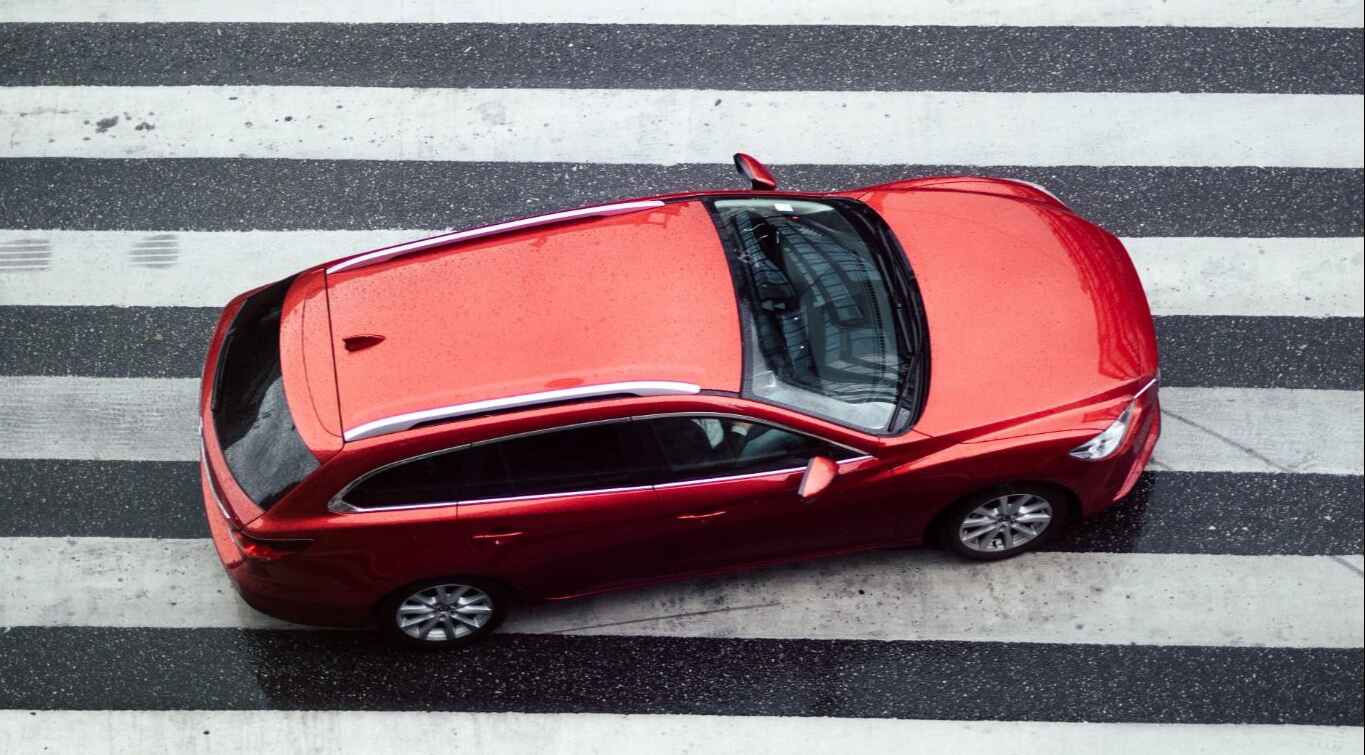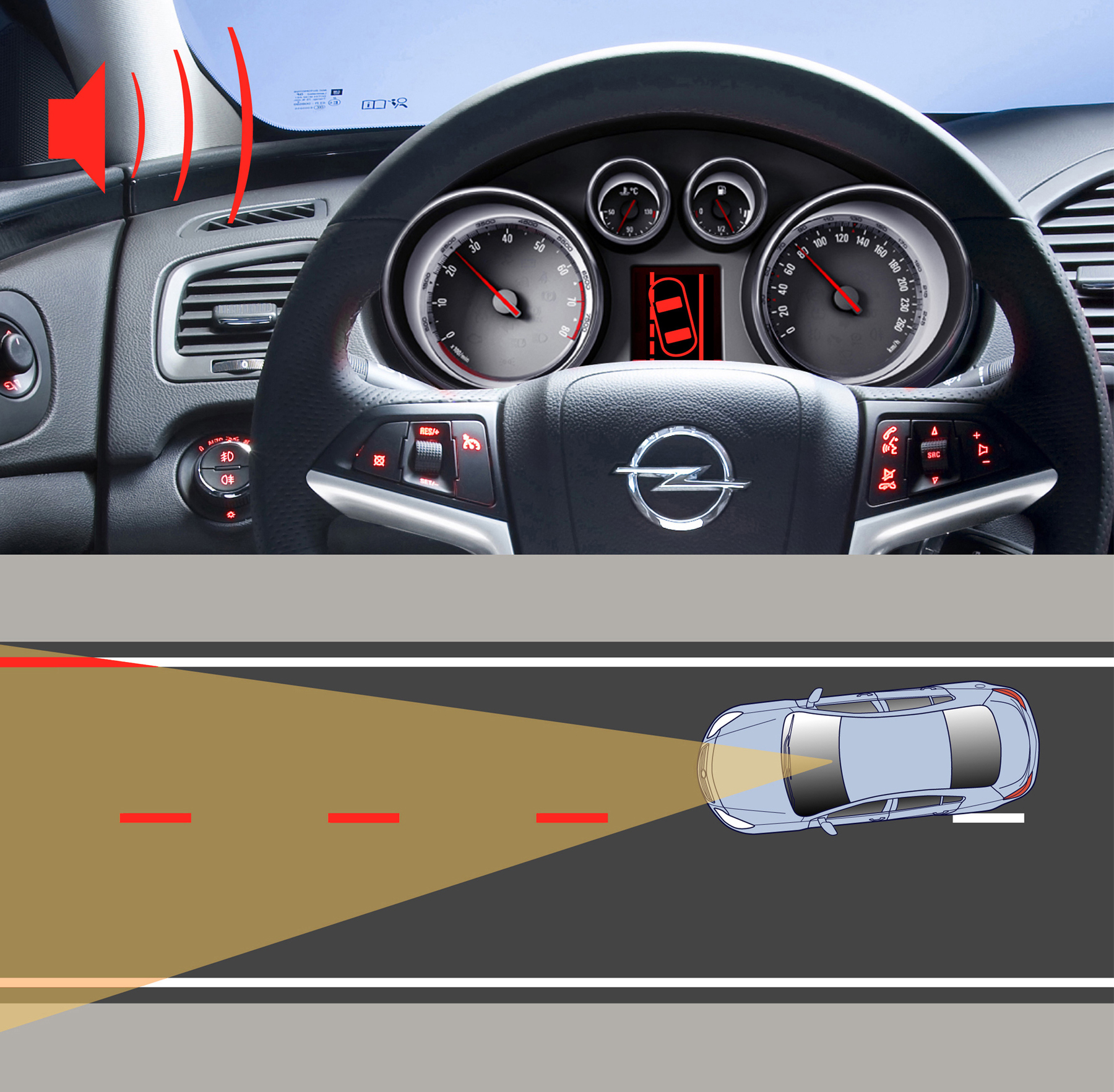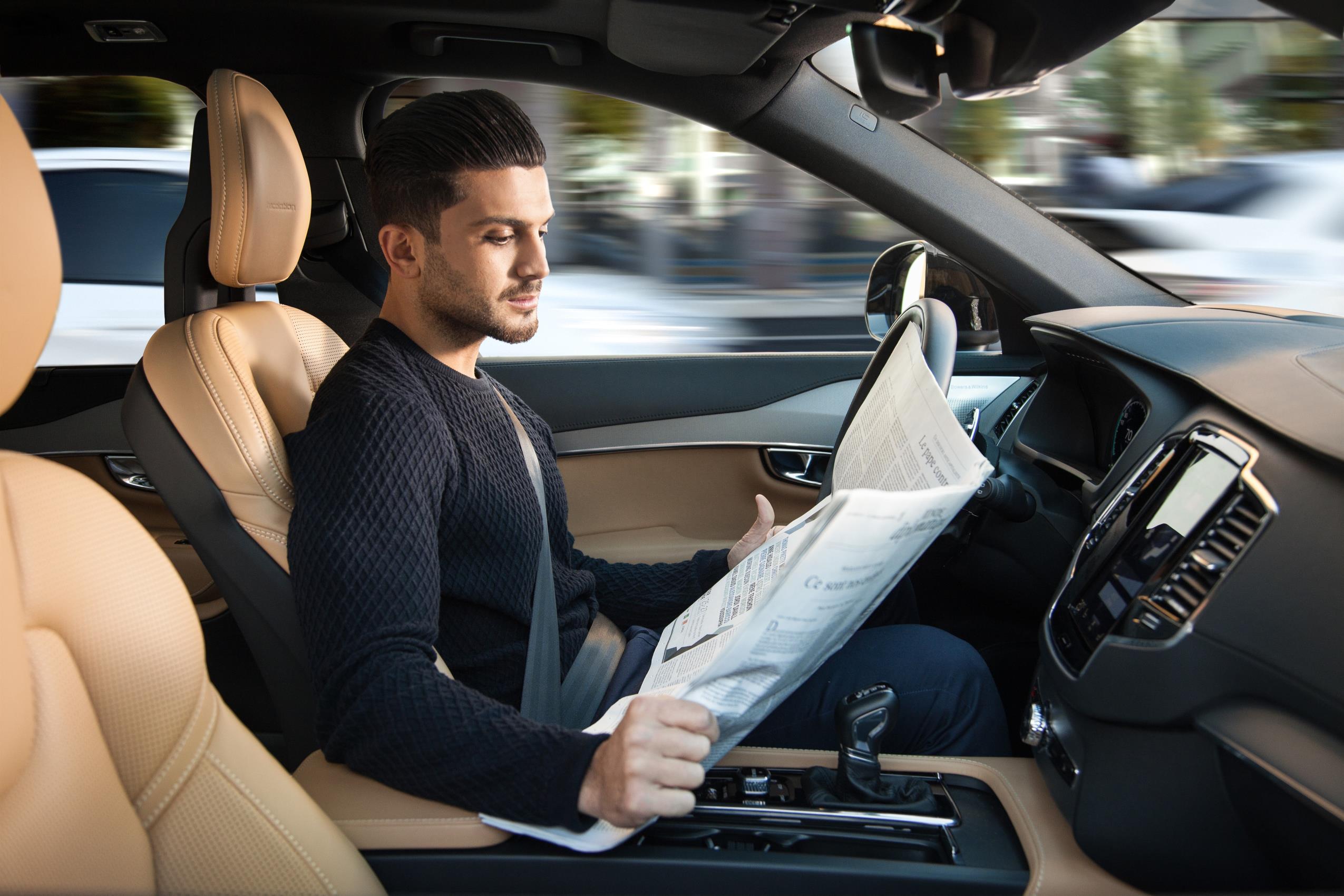
The top ways that our cars have become safer than ever before
By Motor Match • 29/09/2023
Over the past ten years or so, the motor industry has made incredible strides in enhancing vehicle safety.
As tech continues to evolve, manufacturers have implemented innovative safety features that go beyond the traditional seat belts and airbags, and revolutionise the way we perceive car safety.
So, what are some of these innovations and how have they changed the car safety landscape for the better? The team at Motor Match popped the car safety hood to reveal all…
Adaptive Cruise Control
Adaptive Cruise Control (ACC) is the first of our advanced driver assistance systems, and it goes beyond traditional cruise control by incorporating radar or camera-based sensors to maintain a safe following distance from the vehicle ahead.
Unlike regular cruise control, which maintains a constant speed set manually by the driver, ACC can automatically adjust the speed of the car to match the flow of traffic using sensors to detect the distance and relative speed of the vehicle in front. This allows the car to slow down or accelerate without constant intervention from the driver.
So, what makes ACC so interesting?
ACC reduces the likelihood of rear-end collisions, which account for a substantial portion of accidents on the road - over 400,000 in the UK alone! It does this by responding faster and more accurately to sudden changes in traffic flow than human drivers.
As well as being a great safety asset for momentarily unaware drivers, it can also help alleviate some of the stress associated with long highway drives or heavy traffic, as they are able to focus on their surroundings and enjoy a more relaxed driving experience during congested periods - just don’t fall asleep at the wheel!
Similarly, ACC can help maintain consistent spacing between vehicles and contribute to a smoother traffic flow and a decrease in the “accordion effect” caused by frequent accelerating and braking.

Lane Departure Warning & Lane Keep Assist
These are two advanced safety features that work together to address the common issue of drivers unintentional lane drifting. As cars become more technologically sophisticated, these features in particular are becoming more common. And with a market value of over £4.8 billion, let’s see what makes this tech so special.
Lane Departure Warnings are fairly self-explanatory. They use cameras and sensors mounted on the front of the car to monitor the lane marking on the road, and when it starts to drift out of the lane unexpectedly, alerts the driver using flashing icons or noises. By alerting the driver, it provides an extra layer of safety by giving them the chance to correct course and avoid potential crashes with other vehicles and roadside obstacles.
Then there’s Lane Keep Assist, which takes that concept further, and actually intervenes to keep the car in lane. With similar cameras and sensors, this tech identifies when the car is getting a little too close to comfort to the edge of the lane, and gently steers itself back to the centre.

Autonomous Emergency Braking
Also known as AEB, this is the “everything but the kitchen sink” approach to car safety.
Using a combo of sensors, cameras, and radar, AEB tech means that a car is basically always keeping a beady eye on the road, and will automatically put the brakes on if it detects an incoming collision. This is handy not only for the driver of the car, but other drivers, pedestrians, and cyclists who may otherwise become involved in a collision.
Think of it as an extra foot on the brake pedal!
This tech is seen as one of the most important on this list, with Thatcham Research noting it is “probably the most important development in car safety since the seat belt” estimating it could save over 122,000 casualties over the next decade alone - over 10,000 every single year!

Blind Spot Detection and Rear cross-traffic alert
This is another potent mix of car safety tech, letting drivers know more about what’s happening in blind spots that have eluded drivers for decades. When another car enters the blind spot zone, the system triggers visual or auditory alerts to let the driver know straight away, reducing the risk of merge-related collisions.
Rear cross-traffic alerts are more handy for getting out of tight parking spots and driveways, with sensors acting as a second pair of eyes for any approaching objects or people otherwise unaware to the driver.

The safety features introduced in the past decade alone have demonstrated their effectiveness in reducing accidents and saving lives.
Studies from the likes of Lexis Nexis found that safety technology features resulted in a 27% reduction in bodily injury frequency, and that 76% of 2019 models had at least one core safety feature, up significantly from 18% of 2014 models.
Further research from NSC estimates that safety technology prevents or mitigates damage from forward collisions to approximately 4.6 million vehicles.
As we stand on the cusp of an even safer era with the rapid growth of ever-more intelligent AI technology and self-driving vehicles, car safety tech will continue to play a pivotal role in making a road-safe future for all, and we can’t wait to be along for the ride.
You may also like…